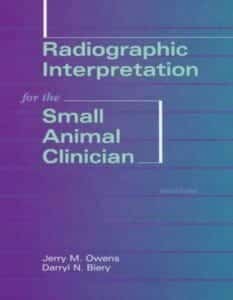1: Anatomy of the Auditory System
1.1: Anatomy of the External Ear
1.2: Anatomy of the Middle Ear
1.3: Anatomy of the Inner Ear
1.4: Development of the Ear
1.5: Blood Supply of the Ear
1.6: Innervation of the Ear
2: Physiology of the Auditory System
2.1: Sound
2.2: Divisions of the Ear
2.3: Sound Localization
2.4: Central Projections
3: Forms and Mechanisms of Deafness
3.1: Unilateral versus Bilateral Deafness
3.2: Partial versus Total Deafness
3.3: Syndromic versus Non-syndromic Deafness
3.4: Peripheral versus Central Deafness
3.5: Forms of Peripheral Deafness
3.6: Other Forms of Hearing Disturbance
3.7: Treatment of Deafness
4: Hereditary Deafness
4.1: Dogs
4.2: Cats
5: Later Onset Deafness
5.1: Ototoxicity
5.2: Presbycusis
5.3: Noise Trauma
5.4: Anesthesia-associated Deafness
5.5: Conduction Deafness
6: Brainstem Auditory Evoked Response (BAER)
6.1: Biophysics of BAER Recordings
6.2: Overview of the BAER
6.3: Extrinsic Factors Affecting the BAER
6.4: Intrinsic Factors Affecting the BAER
6.5: Clinical Applications of the BAER
7: Other Tests of Auditory Function
7.1: Endocochlear Potential
7.2: Cochlear Microphonic and Summating Potential
7.3: Electrocochleogram
7.4: Acoustic Impedance, Tympanometry and the Acoustic Reflex
7.5: Middle- and Long-latency-evoked Responses
7.6: Distortion Product Otoacoustic Emissions
7.7: Saccule- and Vestibular-evoked Myogenic Potentials
8: Living with a Deaf Dog or Cat
8.1: Behavior of Deaf Animals
8.2: Hand Signal Training
8.3: Counseling For Owners/Breeders of Deaf Animals














![Ettinger’s Textbook of Veterinary Internal Medicine 9th Edition [PDF+Videos] Ettinger’s Textbook of Veterinary Internal Medicine 9th Edition [True PDF+Videos]](https://www.vet-ebooks.com/wp-content/uploads/2024/10/ettingers-textbook-of-veterinary-internal-medicine-9th-edition-100x70.jpg)

![Textbook of Veterinary Diagnostic Radiology 8th Edition [PDF+Videos+Quizzes] Thrall’s Textbook of Veterinary Diagnostic Radiology, 8th edition PDF](https://www.vet-ebooks.com/wp-content/uploads/2019/09/textbook-of-veterinary-diagnostic-radiology-8th-edition-100x70.jpg)






